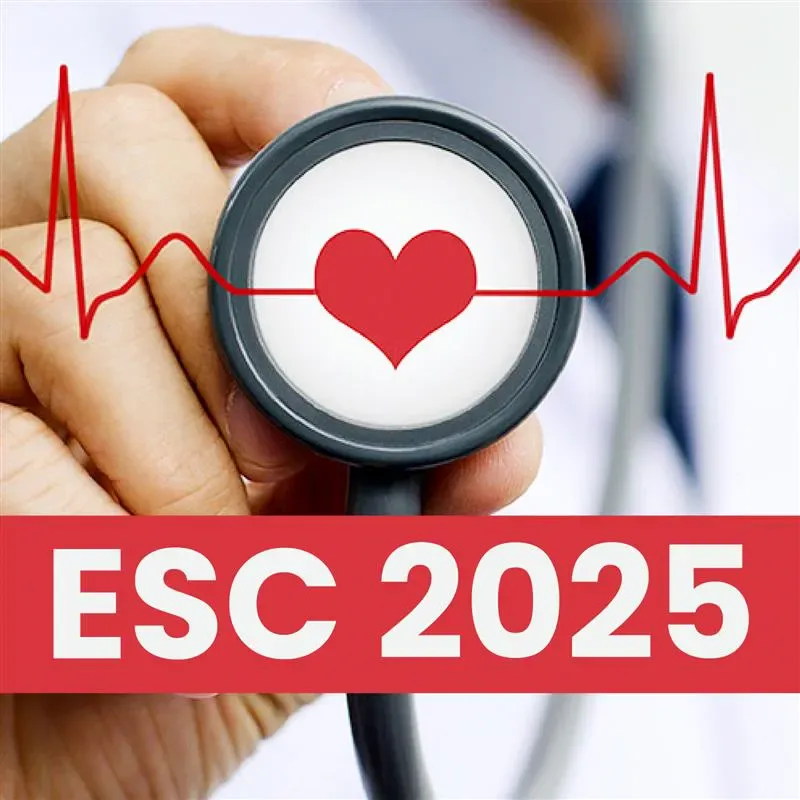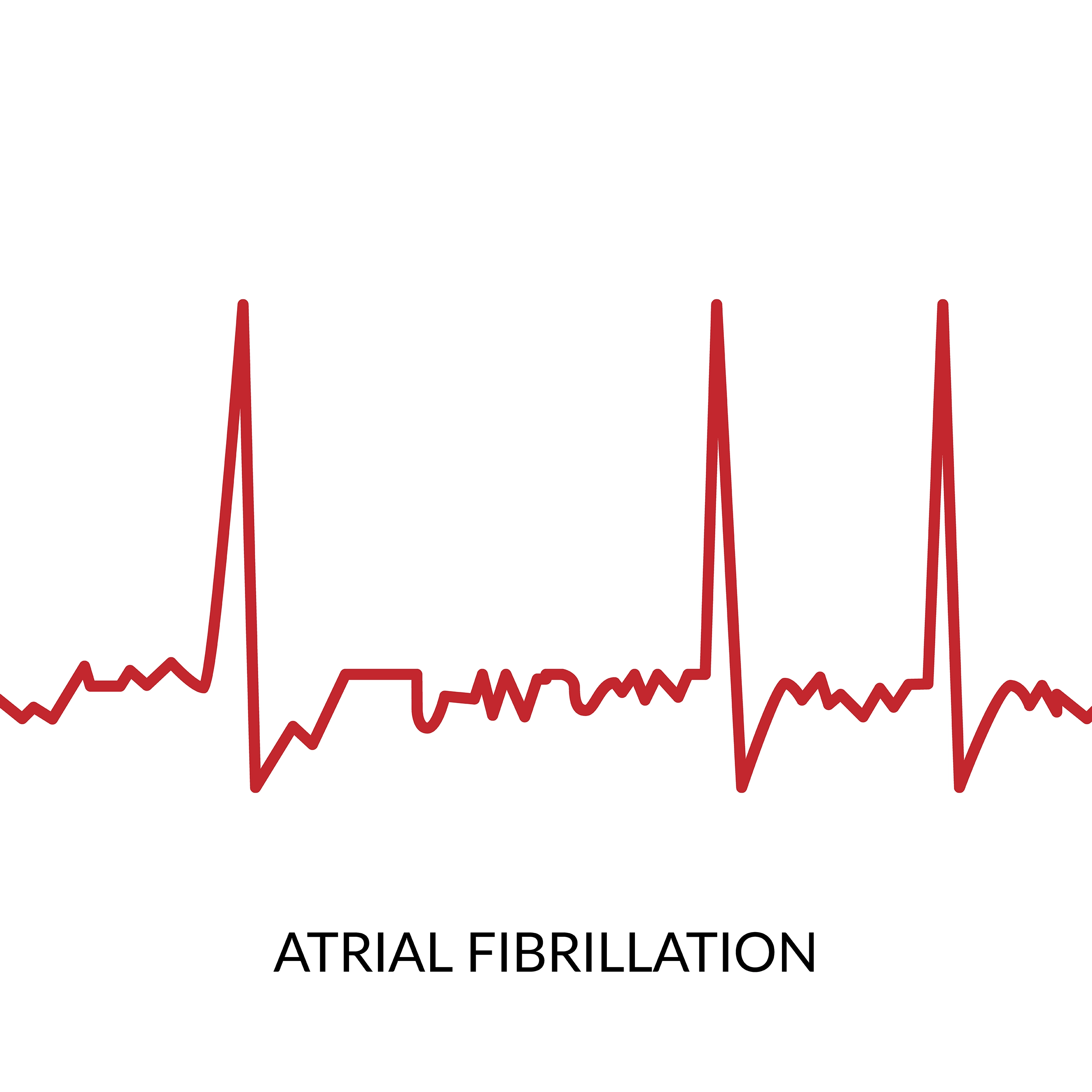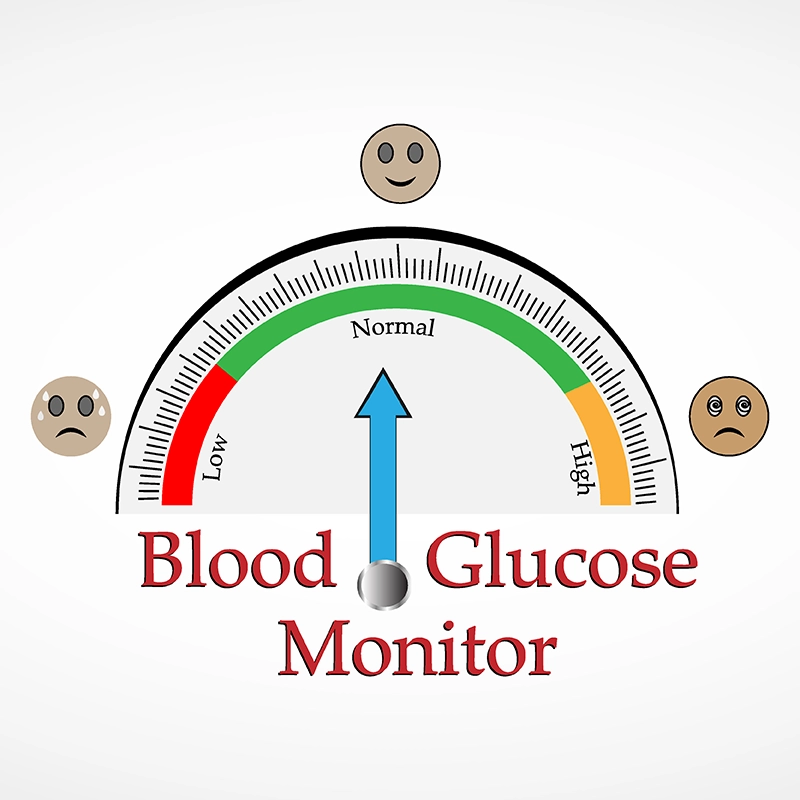ACC 2023: Athletes With Arrhythmias: When to Worry and How to Manage?
Case Presentation: PVCs in an Athlete
The session discusses a premature ventricular contractions (PVC) case in an athlete, where a 45-year-old male cyclist presented with palpitations and near syncope. The patient had been experiencing palpitations for about a year, but the frequency had increased in the previous three months. The patient was referred to cardiology after his EKG showed ventricular bigeminy with a left bundle branch block and a superior axis. The patient had non-sustained ventricular tachycardia (VT) and was admitted to the hospital, where he was put on lidocaine overnight to suppress the VT. The next day, he underwent an ablation focused on the middle of the moderator band, where activation mapping showed the earliest point of origin. Then, 3-4 ablations were required to suppress all PVCs completely. Finally, the patient was sent home with the treatment of Ziopatch for 14 days. The 1.5-year follow-up showed that he is completely free of PVCs. Moderator bands have been shown to lead to PVC-induced ventricular fibrillation (VF).
PVCs in Athletes: When to Worry, How to Manage
The prevalence and significance of PVCs in athletes are discussed and compared to sedentary individuals. Although PVCs are common in athletes and non-athletes, they are generally benign in athletes but may signal a more serious condition, requiring further evaluation. The diagnostic algorithm based on the burden, morphology, and response to initial PVC testing is also outlined. The burden of PVCs is the number of PVCs per day, and a cutoff of 2000 PVCs per day is associated with a higher likelihood of abnormality. However, even fewer PVCs can warrant evaluation if there are associated abnormalities. The variability of PVCs over time may require more than a 24-hour monitor to fully evaluate. The morphology of PVCs is also important, as some morphologies may be more concerning than others. The management of PVC starts with a good history and physical examination followed by temporary exercise restriction and detraining. In the presence of symptoms, PVC should be managed with a beta blocker, calcium channel blockers and ablation. Although PVCs are common in athletes, any concern for the underlying cardiac disease should prompt further evaluation.
Case Presentation: Syncope in an Athlete
A case of syncope in an athlete was presented in which a 20-year-old female collegiate swimmer presented with 2 syncopal episodes (fainting) during peak exertion in the pool. She did not require any CPR/AED. She had prodromal arm tingling, throat tightness, and light headedness before the episodes. She had no family or past medical history. Her physical exam was unremarkable except for sinus bradycardia and rare premature ventricular beats. Her ECG showed sinus bradycardia with T-wave inversions in the septal leads. An echocardiogram showed RV enlargement with mild reduced ejection fraction, flattening of the septum, and mild RV dyskinesia. An ambulatory rhythm monitor picked up a few symptomatic episodes of light headedness but no syncopal episodes. During the cycle ergometer exercise stress test, she went into sustained ventricular tachycardia. She was diagnosed with definite Arrhythmogenic Right Ventricular Cardiomyopathy (ARVC) based on modified criteria and genetic testing. The patient declined sotalol therapy due to monitoring required but accepted to start treatment with metoprolol succinate. She underwent a subcutaneous ICD placement and was recommended to abstain from high-intensity and competitive sports. Her first-degree relatives are being screened with age beginning from 10 years old.
Syncope in the Athlete: When to Worry, How to Manage
Syncope is defined as a sudden loss of consciousness or fainting. True syncope is the loss of postural tone, and seizure is the syncope with increased postural tone. Differentiating syncope from other conditions, such as lightheadedness and vertigo, is important, with history accounting for 90% and testing for 10% of differential diagnoses. The history of the event is key to determining the cause, and it should be divided into three parts: prior to the event, during the event, and after the event. Prior event investigations include a history of prodromal symptoms, palpitations, lightheadedness, and flushing. During the event, investigations include injury and duration of unconsciousness. Post-event investigations include state of consciousness and vasovagal syncope. The concerning symptoms include injury, immediate recovery, and underlying heart disease. The minimum workup should include a history, vital orthostatic signs, and EKG.
Case Presentation: Late Gadolinium Enhancement on CMR in an Athlete
A case of an athlete with Late Gadolinium Enhancement (LGE) on Cardiac Magnetic Resonance (CMR) was presented. A 32-year-old male who is a competitive cross-country skier experienced sudden onset chest pain. His son had hand, foot and mouth disease. The skier developed a fever (102 °F), and that night he was woken from sleep with severe 10/10 pleuritic substernal chest discomfort radiating to his left arm. He had a history of gout with no allergies. His ECG showed ST elevation from V3 to V6. Laboratory findings showed elevated troponin levels and CRP and mild hyperglycemia. He was subsequently diagnosed with myocarditis due to Coxsackie virus, and treatment with NSAIDs/colchicine was started. Cardiac MRI after 1 month showed subepicardial LGE in the inferolateral wall from basal to mid segments and mid-wall LGE in the apical septum. Therefore, it is essential to manage LGE in athletes and consider CMR in cases of unexplained chest pain.
LGE on CMR: When to Worry, How to Manage?
LGE in athletes is common in the sports cardiology clinic and the sports world. The clinical context in which LG is diagnosed, including the location, extent, and presence of any other imaging or cardiac testing abnormalities and underlying cardiac disease, should be considered in athletes with LGE. The rationale for CMR, the importance of age, sporting type and discipline should be emphasized concerning LGE. The clinical significance of LGE in asymptomatic athletes is unknown, but in a non-athletic cohort with myocarditis, anterior septal LGE was found to be at higher risk of adverse cardiac events. Persistent CMR abnormalities, including LGE, were reported to be significantly higher in athletes undergoing cardiac evaluation after COVID-19 infection. The AHA and ACC guidelines state that it is reasonable to resume training in athletes with persistent LGE post myocarditis if ejection fraction has recovered, serum markers of inflammation have resolved, and there is no evidence of clinically significant arrhythmias.
ICD Shocks in an Endurance Athlete
A case of a high school athlete and marathon runner who had a cardiac arrest (ventricular fibrillation) while running was presented. He had no family or past medical history. ECG showed sinus bradycardia with a competing junctional rhythm. He was diagnosed with idiopathic VF and had a transvenous ICD placed. The athlete expressed a strong desire to continue running, so a shared decision approach was used for him to have graded progression in his sports participation. Following this, he went for a run, where he got shocked due to sinus tachycardia as a result of inappropriate ICD settings. Later, the device was reprogrammed, and he went back to sports training. A few months later, he developed lightheadedness and palpitations during a marathon. His ICD showed recurring and incessant, non-sustained VT. He was diagnosed with fascicular PVC-mediated ventricular arrhythmias and started on Verapamil with no further episodes and pending ablation. The key takeaways include understanding the importance of ventricular fibrillation's etiology, appropriate ICD programming in athletes to avoid inappropriate shocks for sinus tachycardia, and maximizing the diagnostic yield of exercise testing with simultaneous intracardiac electrogram.
Athletes with Arrhythmias: When to Worry, How to Manage
The study analyzed the data from the ICD Sports Safety Registry, which followed 440 athletes, 77 of whom were highly competitive for 4 years. The study found no failure to defibrillate, resuscitation requirements, or injuries related to arrhythmias or shocks. The ICD Sports Registry has provided evidence that a significant number of athletes with ICDs can engage in sports activities without compromising their safety. However, athletes with ICDs have experienced shocks during sports and physical activity, which can be painful and dangerous. This study also demonstrated several underlying diagnoses for athletes who receive shocks during sports. It evaluated the possibility of catecholaminergic polymorphic ventricular tachycardia (CPVT), using the appropriate protocol for stress testing, and using medical therapy to treat CPVT in athletes who wish to compete safely.
American College of Cardiology (ACC) International Congress 2023, 4th March-6th March 2023, New Orleans




